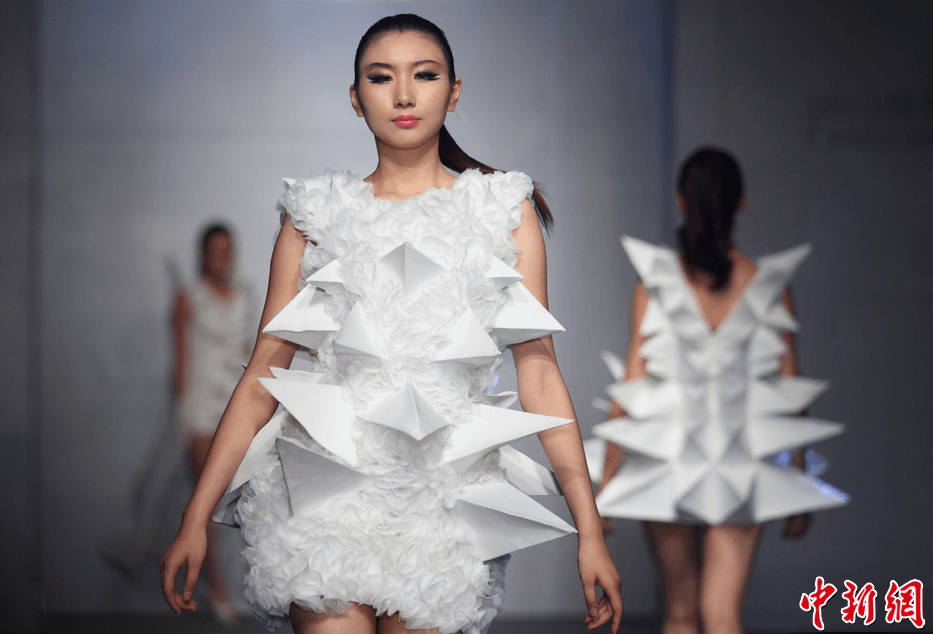That’s something that was weighing on German fashion designer Babette Sperling when she embarked on her design career last year. As she saw it, there were three major issues with 3D printed fashion:
- Wearability. Again, 3D printed fashion is generally not designed for day-to-day wear, and isn’t exactly comfortable.
- Most of the collections shown on runways are created with multi-material 3D printers that aren’t accessible to most end users.
- The materials used in 3D printed fashion don’t tend to have much of an emphasis on sustainability – their origin and ecological impact aren’t often taken into consideration.
Those were the issues Sperling decided to address as she began planning her first collection, which she was developing for a September 2016 debut at Mercedes Fashion Night in Zwickau, Germany. Her goal was to create clothing using FDM 3D printing and natural, compostable materials, and she came up with a wonderfully creative design idea: she would 3D print text in Braille directly onto fabric to create customized, secret messages.
It wasn’t a simple task; Sperling experimented with a wide array of fabrics, printing materials and techniques before settling on what she would use.
“The ability to directly 3D print on fabric is specific to both the selected printed and the material that has been selected. With the help from the Fab Lab Dresden, we tested approximately 15 different material combinations before stumbling upon a solution that satisfied all of my design requirements,” said Sperling. “The crucial advice came from one of my new 3D printing experts: I discovered a Start Up from Berlin who developed the world’s first flexible 3D print filament from compostable raw materials and had recently launched to the market with the help of a Crowdfunding Campaign.”
That startup was BioInspiration, whose 2015 Kickstarter campaign for WillowFlex organic filament was a huge success that greatly surpassed its fundraising goal. Recently, we saw the material used to create a compostable shoe prototype, and it lent itself perfectly to what Sperling was trying to do. WillowFlex had strong adhesion to natural materials such as cotton and silk, and Sperling used it to not only 3D print her Braille messages onto the fabric but to create several buttons of varying sizes at the last minute.
Her mission was accomplished – a line of attractive, wearable clothing created with natural and accessible materials and technology. Everyone at Mercedes Fashion Night loved it, too – Sperling’s collection was given the Audience Choice Award and was nominated to be part of two future Fashion Award competitions.
“I am very happy that I discovered a 3D print filament that allows itself to integrate so seamlessly into my fashion design,” she said. “The certification of the raw material for compostability according to US and EU standards (EN 13423) fits perfectly into my concept for a full-circle sustainable product design that enables clothing that can return to nature after their lifecycle. WillowFlex proved itself as compatible for use in all the 3D printers that we used in our testing process (Ultimaker, Flashforge, and Makerbot). Thank you to the team at BioInspiration. My enthusiasm for the material is stocked and further clothing designs are already being planned!”
Discuss in the WillowFlex forum at 3DPB.com.
[Images provided to 3DPrint.com by BioInspiration]
